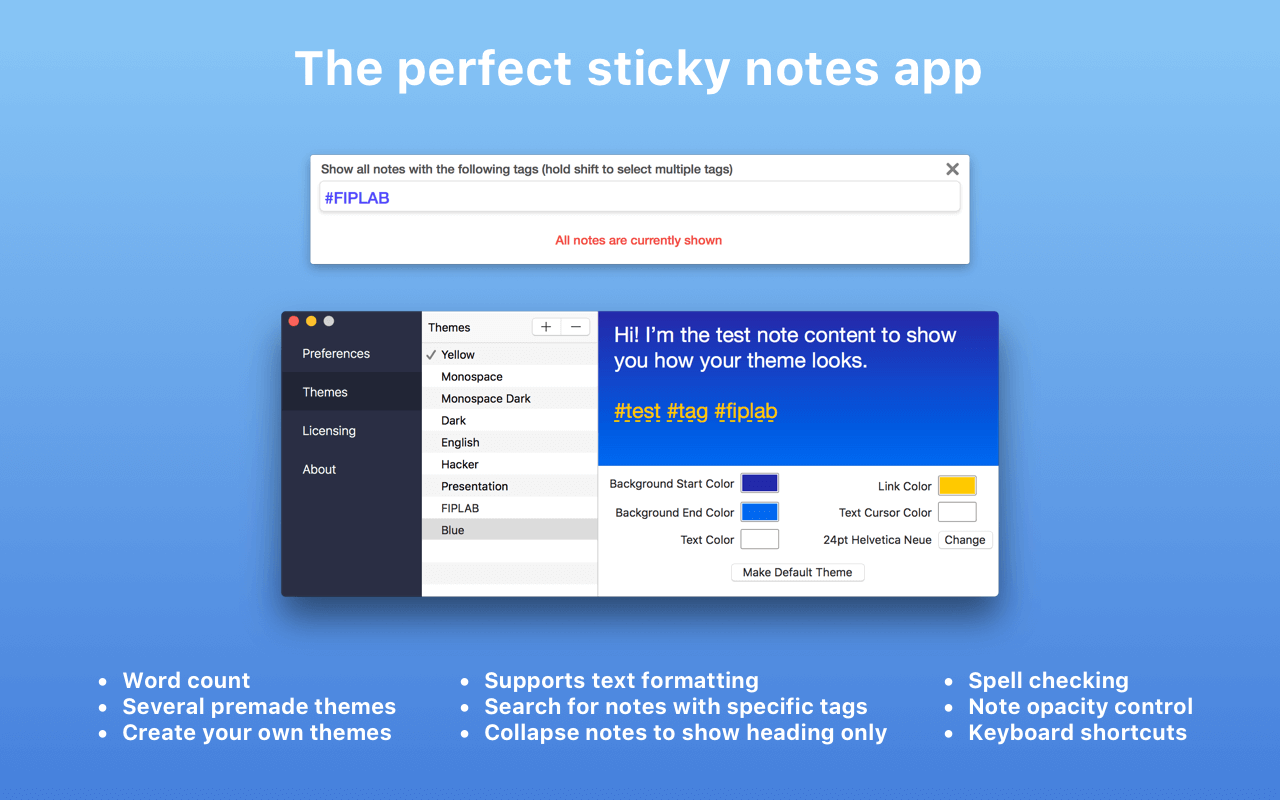Post-9/11 GI Bill
Post-9/11 GI Bill. If you have at least 90 days of aggregate active duty service after Sept. 10, 2001, and are still on active duty, or if you are an honorably discharged Veteran or were discharged with a service-connected disability after 30 days, you may be eligible for this VA-administered program. When DevonNote 1 was released, DevonTechnologies' note taking and data organization program strengths were in its ability to import and organize text and Web bookmarks. With DevonNote 2. Donald Trump has always had a bit of Walter Mitty in him. But on Monday morning, in a speech to first responders and others impacted by the September 11, 2001 terrorist attacks, he took his. DEVONnote 2.9.11 – Intelligent notepad. May 14, 2017 DEVONnote is an easy-to-use, intelligent note pad capable of storing and organising plain or rich texts and file aliases. Post-9/11 GI Bill. If you have at least 90 days of aggregate active duty service after Sept. 10, 2001, and are still on active duty, or if you are an honorably discharged Veteran or were discharged with a service-connected disability after 30 days, you may be eligible for this VA-administered program.
If you have at least 90 days of aggregate active duty service after Sept. 10, 2001, and are still on active duty, or if you are an honorably discharged Veteran or were discharged with a service-connected disability after 30 days, you may be eligible for this VA-administered program. Purple Heart recipients, regardless of length of service, are qualified for Post-9/11 benefits at the 100% level. Certain members of the Reserves who lost education benefits when REAP was sunset in November 2015, may also be eligible to receive restored benefits under the Post-9/11 GI Bill.
Whether you want to apply your GI Bill benefits to college classes or an on-the-job training program, the GI Bill Comparison Tool will help you make the most of them. Psle science notes pdf.
If you have eligibility for the Post-9/11 GI Bill and any other GI Bill program you must make an irrevocable election of the Post-9/11 GI Bill before you can receive any benefits. For more information see our Frequently Asked Questions (FAQ).
The Post-9/11 GI Bill has a few specific components that are unavailable in other GI Bill programs:
Types of Training and Assistance
Mindjet mindmanager 12 1 177 resz. The following is approved under the Post-9/11 GI Bill:
Benefits and Eligibility
For approved programs, the Post-9/11 GI Bill provides up to 36 months of education benefits.
If your release from active duty was before January 1, 2013, there is a 15-year time limitation for use of benefits. For individuals whose last discharge date is on or after January 1, 2013, the time limitation has been removed.
Institutions of higher learning participating in the Yellow Ribbon Program may make additional funds available for your education program without an additional charge to your GI Bill entitlement. The following payments may also be available:
- Monthly housing allowance
- Annual books and supplies stipend
- One-time rural benefit payment
See the current payment rates for the Post-9/11 GI Bill.
See how the current Monthly Housing Rate is determined. Design pro for mac.
Devonnote 2 9 11 Kjv
Adguard 2 4 3 (718) nightly 9. Some Servicemembers may also transfer unused GI Bill benefits to their dependents.

Other Factors to Consider
Devonnote 2 9 11 Commentary
- Full tuition and fees are paid directly to the school for all public school in-state students.
- For those attending private or foreign schools, tuition and fees are capped at the national maximum rate. Learn more here.
- If you're attending a private or a public institution of higher learning (either private or public) as a nonresident, out-of-state student you may be eligible for the Yellow Ribbon Program and entitled to additional education-related costs not covered by VA. Not everyone is eligible for this assistance.
- The law requires the monthly housing allowance (MHA) to be calculated based on the zip code of the campus where the student physically attends the majority of classes, rather than the location of the institution of higher learning where the student is enrolled. This applies to the first enrollment in an educational program on or after August 1, 2018.
